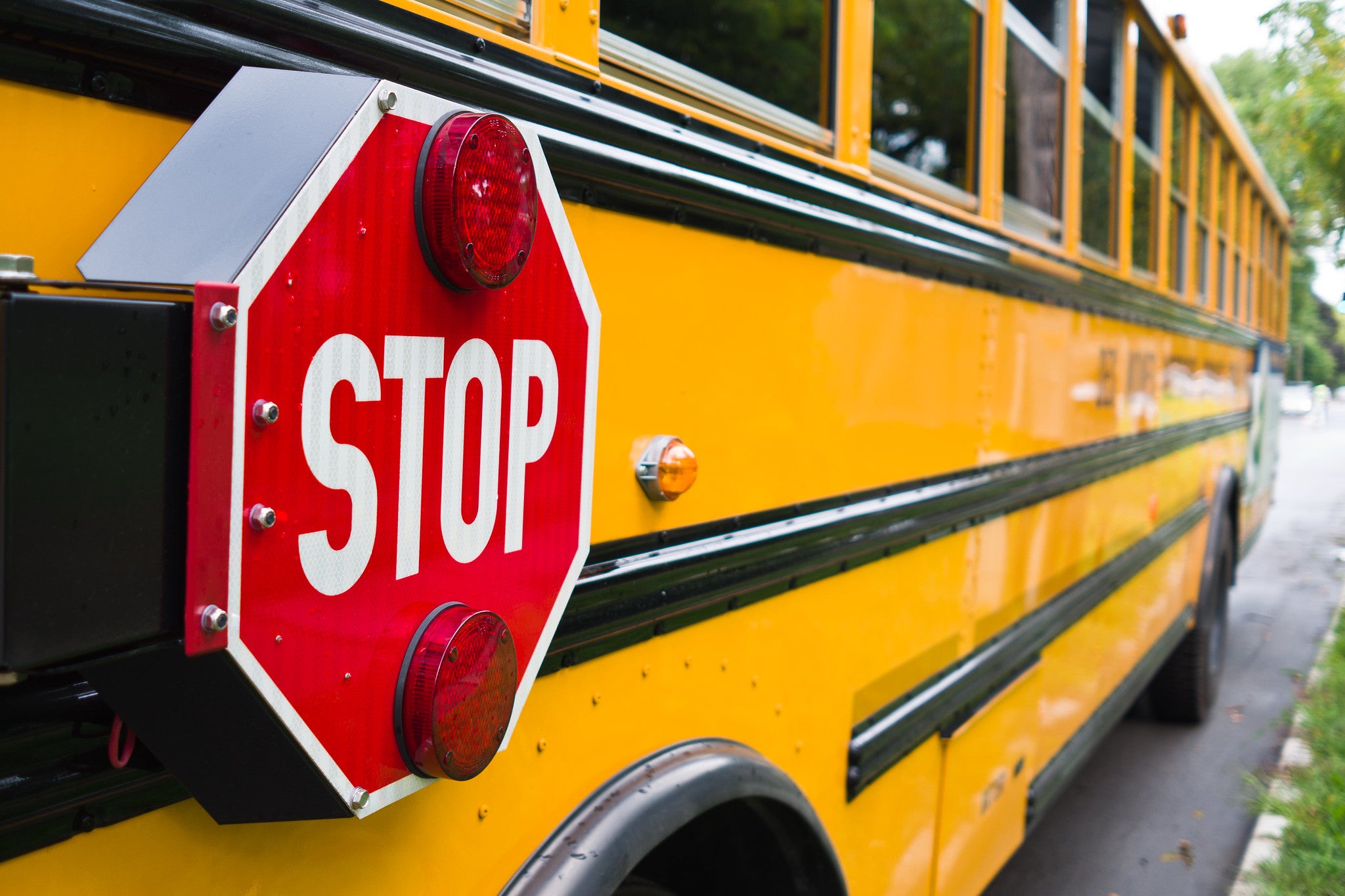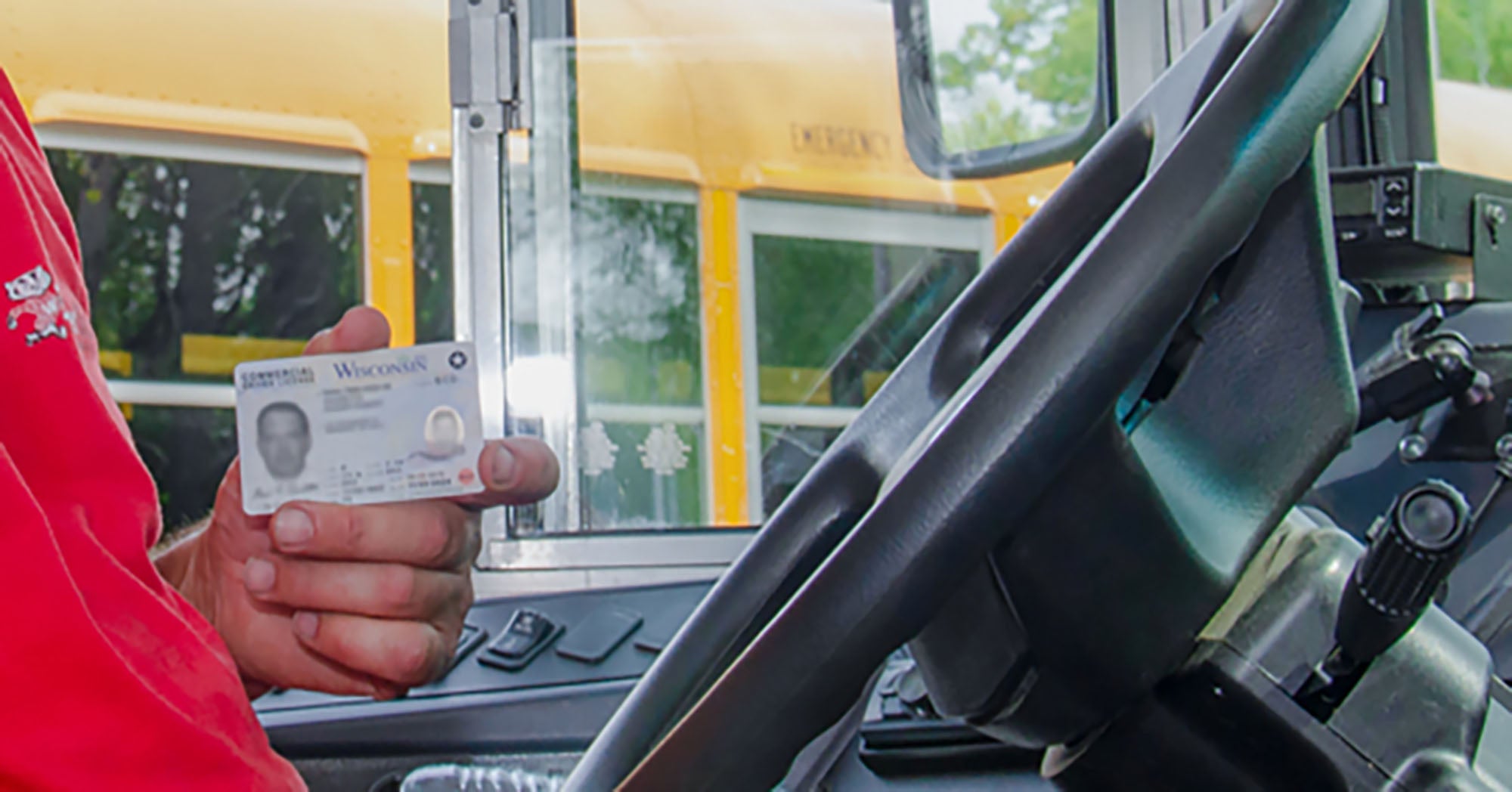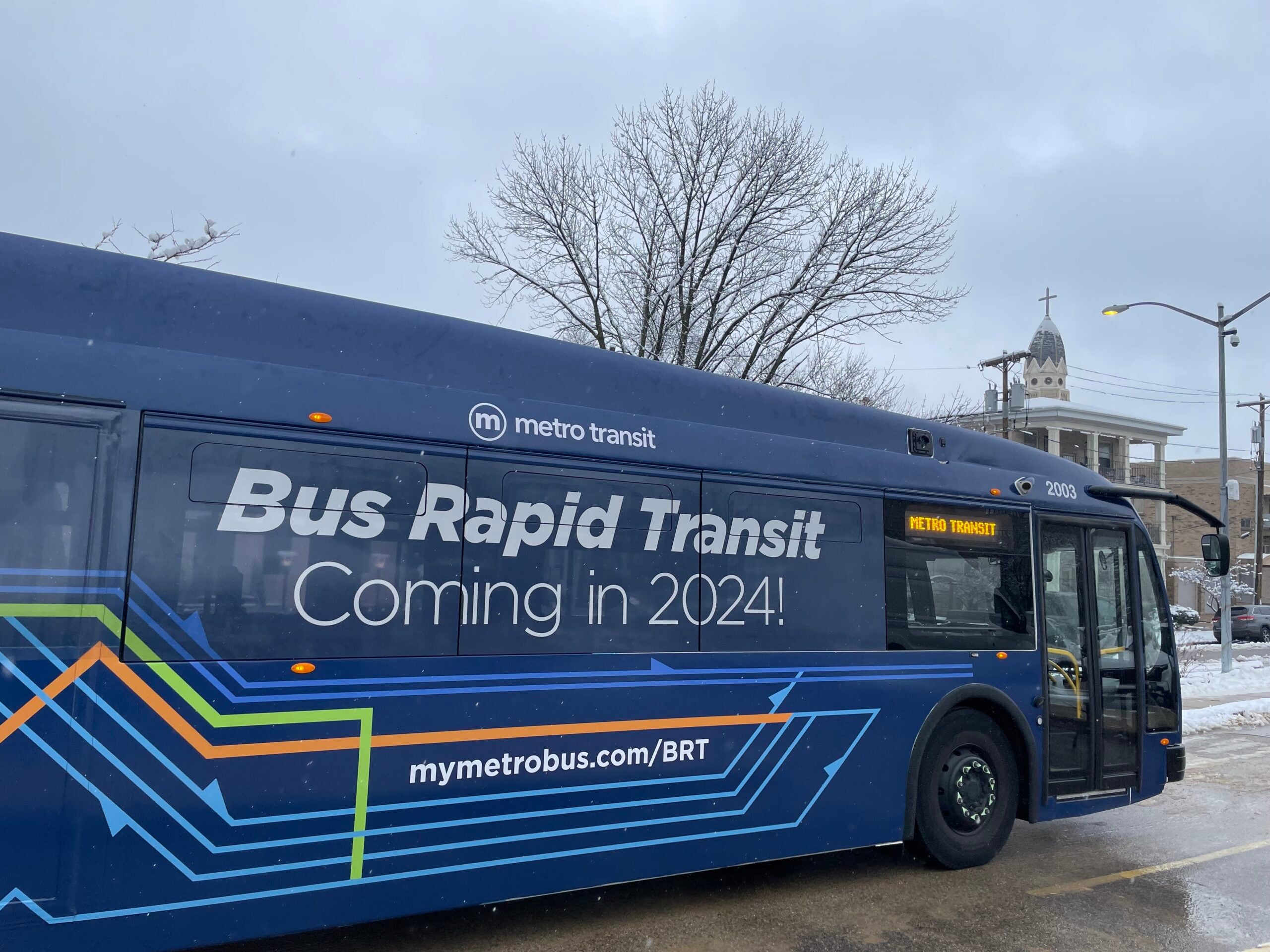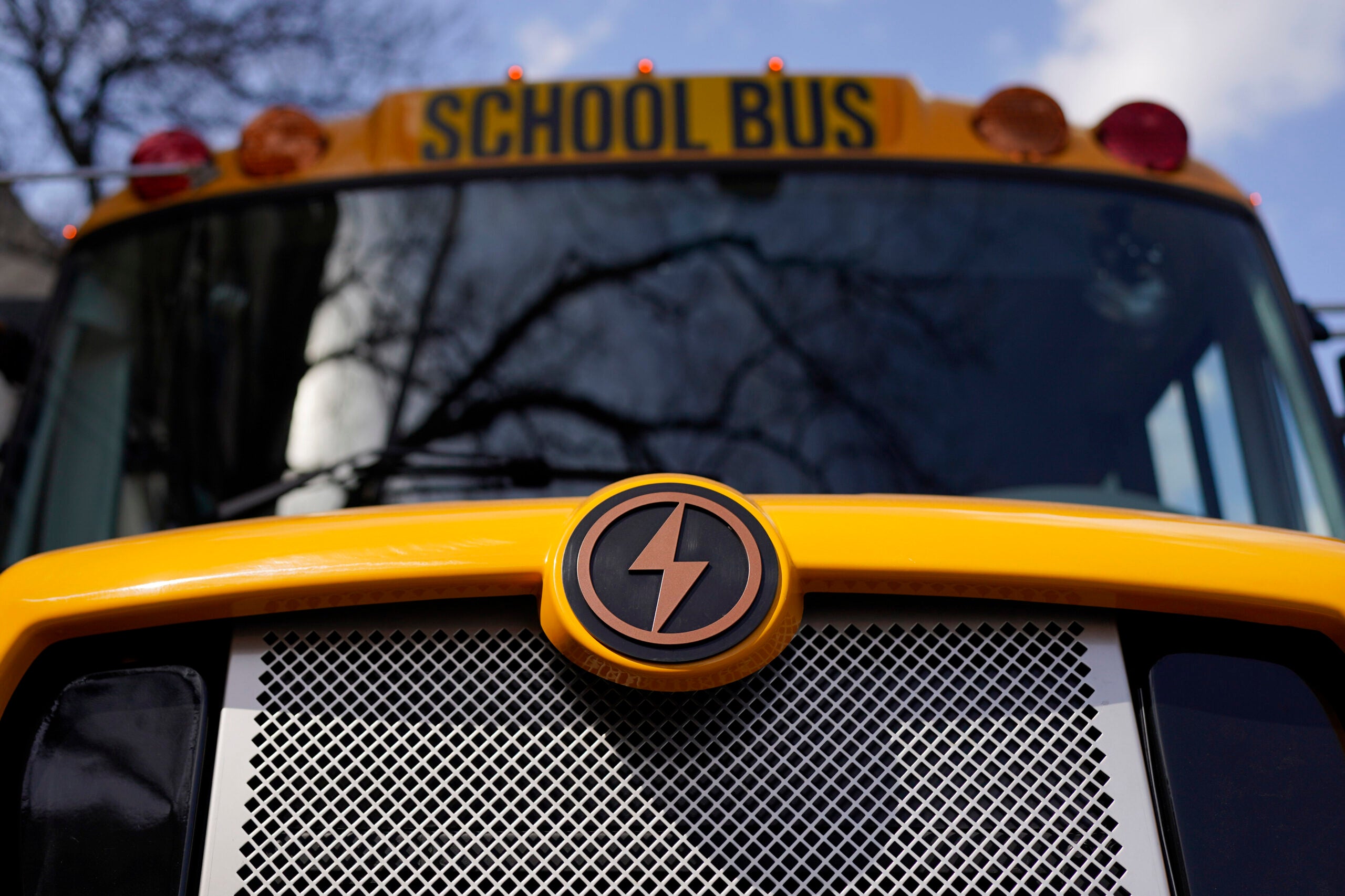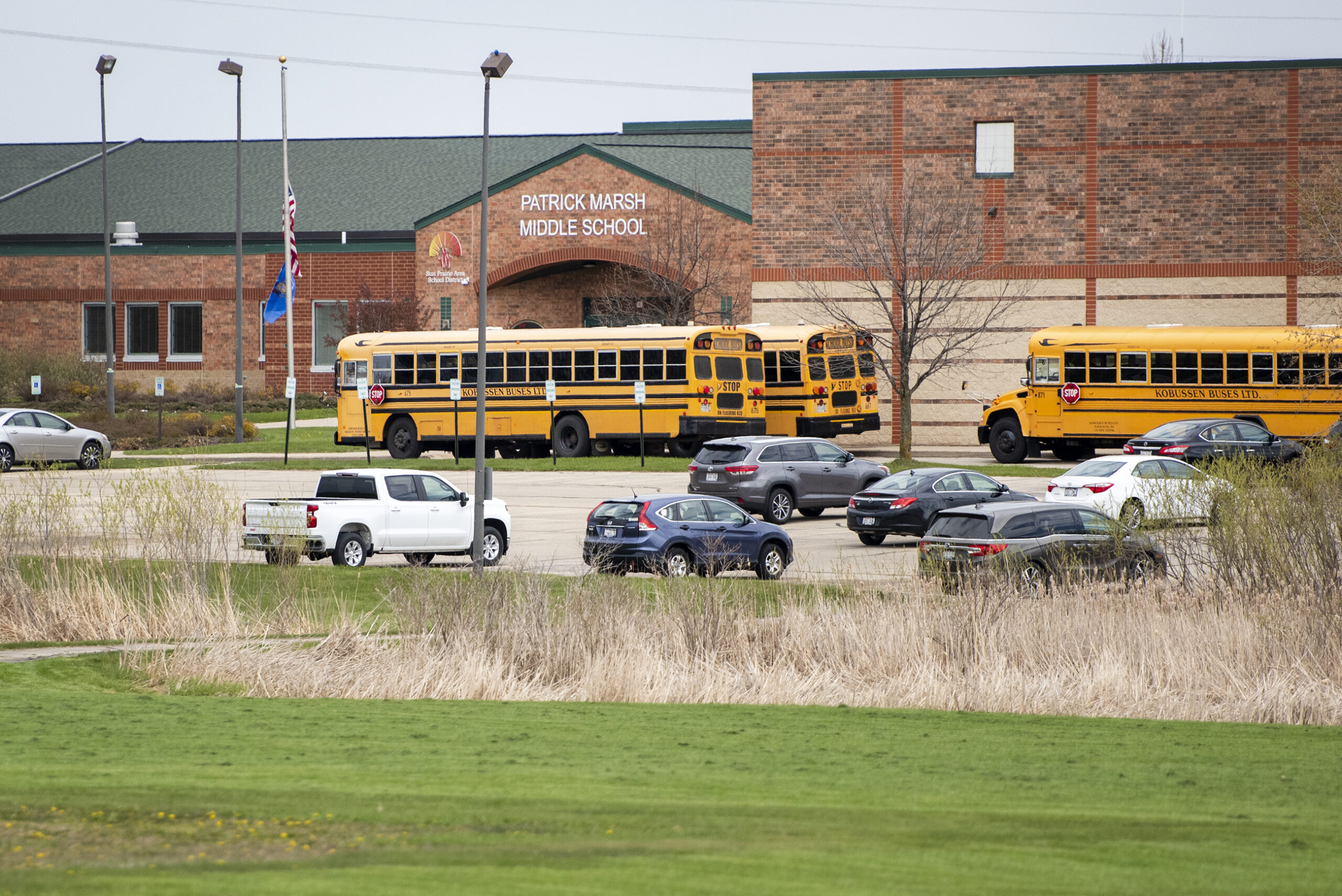When Dean Chesky was approached by the Flambeau School District to drive a school bus more than 46 years ago, he said he’d only drive temporarily, until they could find someone else.
“Well,” he said, “I guess they’re still looking.”
Chesky, who’s been keeping track of his mileage over his decades of transporting kids to school, sporting events and special programs, hit his 1 million mile mark last January. Faced with concerns over COVID-19 exposure last year, he said he thought about giving up driving, but decided to drive for as long as his license is still good — school bus drivers have to renew their school bus endorsement every four years.
Stay informed on the latest news
Sign up for WPR’s email newsletter.
“I was going to probably finish that out until that expires and then maybe hang ‘er up,” he said. “It’s getting about time.”
Two of Flambeau’s eight bus drivers are currently out because of COVID-19, Chesky said — one was just diagnosed, and a second is still recovering from a severe case he caught just before school started that required hospitalization.
Masks On Buses
Under an order from the Centers for Disease Control and Prevention, everyone on school buses is supposed to be masked — even in school districts that aren’t requiring masks in classrooms. Chesky said he always wears his, but most students typically don’t. Last year, he made them put masks on.
“I told them if you didn’t wear a mask, you didn’t ride,” he said.
This year, though, he said he’s encouraging masking, but doesn’t feel like he has the buy-in from parents or the school district to take such a hard-line stance.
A bus driver in the Washburn School District made headlines last week for refusing to transport students who weren’t masked, and parents in other parts of the state have raised concerns that bus masking has been lax despite the federal mandate.
Even if drivers want everyone masked on their bus, like Chesky, it’s doesn’t always feel worth it to pick that fight with students and parents who are opposed to the idea.
“It’s even more difficult to expect a driver to enforce the masks when they also have to drive the bus,” said Dan Kobussen, whose company Kobussen Buses contracts with more than 30 Wisconsin school districts. “So that’s been a big challenge.”
Jim Gamble is the west De Pere terminal manager for the Lamers Bus Company, which contracts with more than 40 school districts to provide school buses and drivers. He said that like other Wisconsinites, drivers have varying stances on masking.
“There are people that say, ‘If I’m forced to wear a mask or get a vaccination, I’m not going to drive a school bus anymore,’” he said. “And then there are people that are saying if we don’t do something to make masks on school buses and vaccinations (required), they’re telling us they might not drive — they don’t feel safe.”
Driver Shortages Continue
School bus companies and school districts have had a severe driver shortage for years. It’s a highly regulated job where drivers need to pass numerous tests and screenings on a regular basis to get their license and certification to drive. Older retirees make up a large portion of the driving pool, which means some drivers age out every year and need to be replaced. Now, concerns about exposure to COVID-19, in tandem with the labor shortages that are hitting most sectors of the economy right now, have made it even harder to find enough drivers.
Kobussen said he’s got about 800 drivers on staff, but he’d like to have closer to 1,000 to ensure all the routes are covered and substitutes are available if drivers can’t come in. Gamble said Lamers could use 100 to 150 more drivers.
“We’ve had shortages for a number of years, but we’ve never had anything to this extent,” said Gamble. “The light at the end of the tunnel keeps — it’s a pretty long tunnel, and it’s a pretty dim light, unfortunately, so we’re in survival mode here, and doing our best to serve school districts, and serve the students and kids and parents, but it’s a challenge every day.”
Shortages, Other Issues Put Buses Behind Schedule
The Madison Metropolitan School District had to reshuffle its bus schedule, running some routes earlier or later so they could transport all the students while they’re short drivers. Even then, some families have reported buses running behind or not coming. In Milwaukee, some parents said buses were more than an hour late, or didn’t show up at all.
The start of school tends to come with some bus route hiccups even under the best of circumstances. In the Racine Unified School District, spokesperson Stacy Tapp said the district has been able to fully staff all its bus routes, but still fielded a few calls from concerned parents because students were getting picked up or dropped off behind schedule after two days when buses got stuck at a train crossing for longer than expected, and construction in town led to additional detours and delays.
“There’s always some issues the first week of school,” said Tapp.
Even districts with enough drivers to meet their needs worry what will happen if some get sick, as many don’t have substitutes. In Flambeau, Chesky said they’ve been able to hire a substitute driver who has helped keep their routes running while the two drivers are out sick.
“Right now, we’re hurting real bad,” he said. “We’re to a point where if anything else really happened to some drivers…they’d have to figure out some way to pick up kids, maybe with a couple people who would take some vans or something.”
Wisconsin Public Radio, © Copyright 2024, Board of Regents of the University of Wisconsin System and Wisconsin Educational Communications Board.

